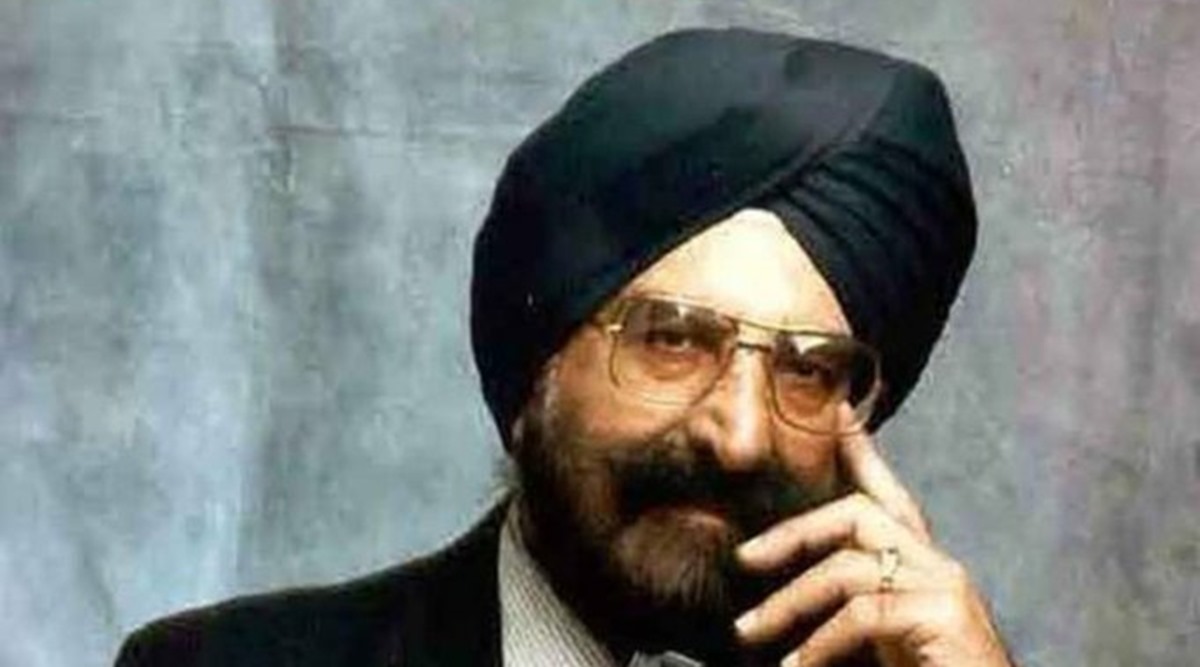 It will also remain a debatable issue why Kapany couldn't get the Nobel prize. (Twitter@@vpsbadnore)
It will also remain a debatable issue why Kapany couldn't get the Nobel prize. (Twitter@@vpsbadnore)RENOWNED PHYSICIST, businessman and Sikh activist Narinder Singh Kapany passed away on Friday. He was 94.Born in Punjab’s Moga, Kapany, who had been living in the US, was called the ‘father of fiber optics’ and had more than 100 patents in his name.
Kapany was the first to transmit images through fiber optics back in 1954 and laid the foundation for high speed internet technology. He not only founded fiber optics, but also used his own invention for the business.
He founded the Optics Technology Incorporation and Kaptron Incorporation in 1960 and 1973 respectively.
Kapany studied at Agra University and then moved to Imperial College in London. He received his PhD from the University of London in 1955.
Apart from fiber optics, he worked in fields of lasers, biomedical instrumentation, solar energy and pollution monitoring.
He received ‘The Excellence 2000 Award’ from the USA Pan-Asian American Chamber of Commerce in 1998, a fellow of numerous scientific societies including the British Royal Academy of Engineering, the Optical Society of America, and the American Association for the Advancement of Science.
Kapany was also a teacher of physics at Stanford University, University of California in different capacities. He published over 100 scientific papers and four books on optoelectronics and entrepreneurship.
The physicist was also a Sikh activist and worked to preserve Sikh heritage. On December 29, 1967, he and his wife Satinder Kaur founded the Sikh Foundation in California, with the mission to preserve and promote Sikh heritage and its 50th anniversary was celebrated in 2017.
Events of 1984 had troubled Kapany and he had also started publishing newspapers in the US to explain the events happening in India.
He was named among the seven “Unsung Heroes” of the 20th century who affected the lives of people all over the world by Fortune in their ‘Businessmen of the Century’ issue of November 22, 1999.
It will also remain a debatable issue why Kapany couldn’t get the Nobel prize. The Nobel prize for fiber optics went to Charles Kao, who played an important role in inventing how to sustain light through glass fibres for long distance. At the same time, it was Kapany who first demonstrated successfully that light can be transmitted through bent glass fibres during his doctoral work at the Imperial College of Science in London in the early fifties, and published the findings in a paper in Nature in 1954.